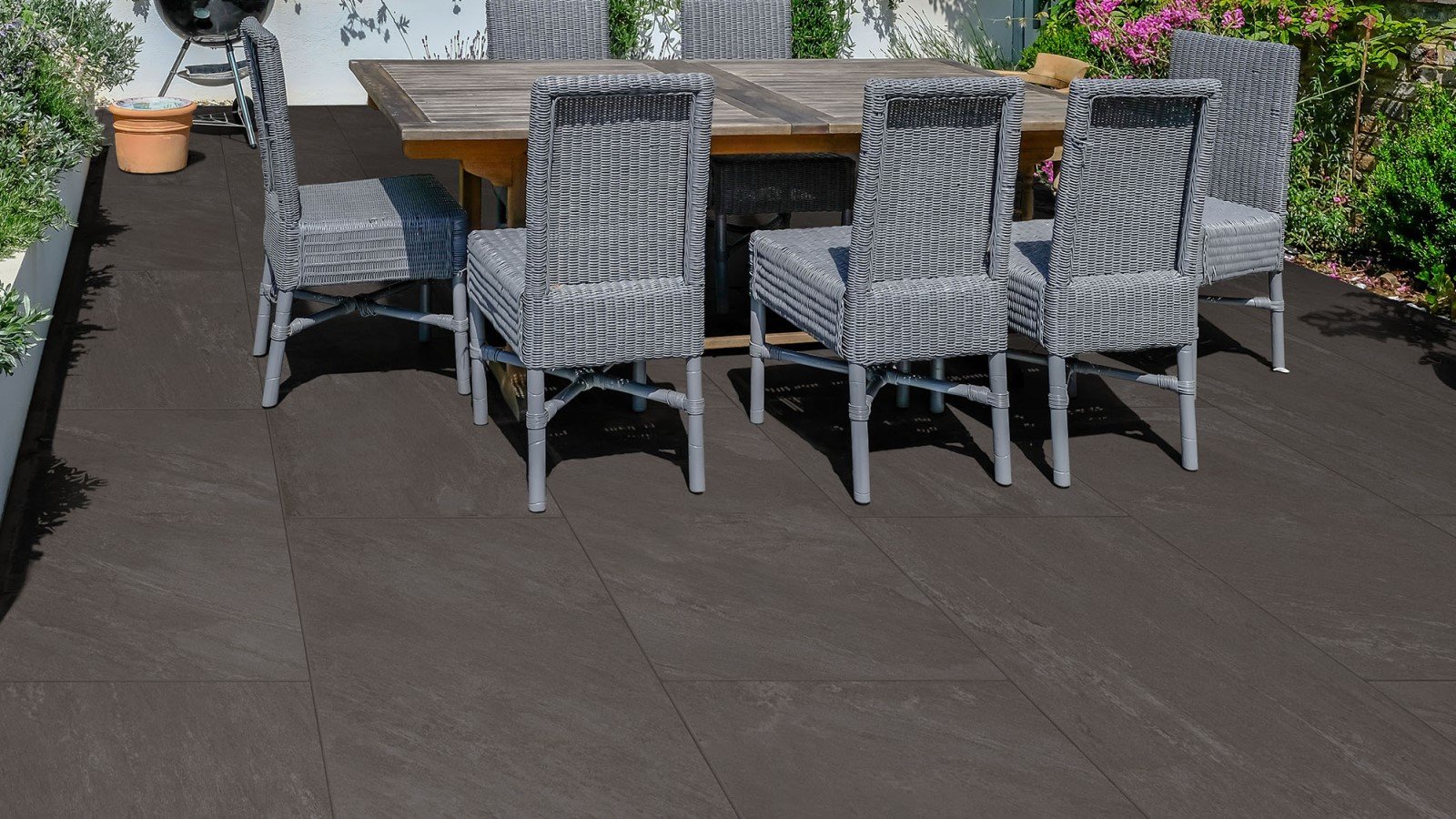How to clean block paving
From spongy moss and stringy weeds to spots of mould and oil spills, block paving is marred with all sorts of blemishes during its lifespan.
Is it unsightly? Yes. But is it easy to clean? Surprisingly, also yes. That’s because block paving is naturally low maintenance, meaning all you need are a few specialist cleaning methods under your belt to remove even the most stubborn stains.
To learn more about the best ways to clean block paving, continue reading, below.
A basic clean
To get started, you will want to move garden furniture or vehicles out of the way, brush away any loose debris, and remove weeds or moss around your jointing compound.
Now, you’re ready to give those block paving stones a quick clean. The easiest way to do this is with basic soap and water. Here’s how it’s done.
What you need:
- Washing-up liquid
- Warm water
- Bucket
- Hard-bristled brush
How to clean block paving with washing-up liquid:
- Mix the washing-up liquid (just a squirt will do) and warm water in your bucket.
- Starting from the corners, pour your solution in batches and scrub until all the dirt on your block paving has come loose. Repeat until your whole block paving space is scrubbed clean.
TOP TIP: Always scrub diagonally; this will be gentler on the jointing compound and less kiln-dried sand will come out during cleaning. If some sand does come loose, you’ll need to re-fill the gaps.
- Clear the dirty water away with a fresh bucket of clean water or with a hose, and steer into a drainage point (whether a drainage channel, soil or grass).
- If you think your paving stones could use a deeper clean, consider the options listed below and, whatever you do, do not opt for an acid-based stone cleaner instead. These solutions eat away at the stones, making them less durable and more prone to long-term damage.
The finer cleaning details
Oil spills stained your driveway? Algae making your garden look messy? These common imperfections might appear impossible to shift, but with an expert spot clean, trust us, your block paving stones will look better than ever.
For all you need to know, follow our guides for removing algae, lichens and oil spills, below.
How to remove algae and lichens from block paving
Concerned about that green mist which is, slowly but surely, covering your block paving? That’s algae. And those black and white spots? They’re lichens.
You’ll usually find algae tucked between paving recesses or in shaded areas (as they need damp and dark places to grow) and lichens over the surface of your paving stones.
Both are natural organisms and are easy enough to remove when you know how.
Here is how to remove algae and lichens from block paving.
What you need:
- Protective gloves
- Bucket
- Warm water
- Bleach
- Hard-bristled brush (optional)
How to clean block paving with bleach:
- Wearing protective gloves, dilute equal parts warm water and bleach and mix together.
TOP TIP: When combining any harsh chemical, like bleach, to water, always remember to fill your bucket with water first, and then add the chemical. This helps to reduce potential splashback.
- Pour the solution over your algae and lichen-covered areas and leave it to work its magic for a few minutes.
TOP TIP: Always test a small area of your paving first, before continuing with any of the methods.
- Once your time is up, rinse away with clean water. The bleach should have lifted the algae away by itself, but in the event that it hasn’t, a quick scrub with a hard-bristled brush and more water should clear away any remaining green specks.
- Lichens will take several scrubs to remove completely, so keep repeating step 3 until your block paving is all clear. It could take around four or five attempts to remove every lichen speck, so be patient and persevere – we promise your efforts will pay off.
TOP TIP: Regularly brush your block paving stones to prevent future build-up.
How to remove oil spills from block paving
Anyone who has splashed oil accidentally on their clothes will know how difficult it can be to cut through the grease and banish the stain for good.
The same applies to block paving, only these oil stains are deeper set and are more likely to have built up slowly over time, making the job of shifting them even more difficult. As such, you’ll need a specialist driveway degreaser for this particular block paving cleaning job.
What you need:
- Paving degreaser (non-acid based)
- Hard-bristled brush
- Bucket of water
How to remove oil spills from block paving:
- Simply pour your paving degreaser onto the affected area and leave for 15-20 minutes for the solution to take effect.
- When your time is up, scrub the area well with a hard-bristled brush. You should be able to see the oil spill lift away from your block paving.
- Fill a bucket with water and rinse the residue away. If your oil spill is still sticking around, repeat the process. Deeper oil spills could take several tries before it is completely gone.
TOP TIP: If the oil spill is on your driveway, book your car in for a service at the same time as buying your oil cleaning products. Oil spills mean you’ve got a leak – if the leak persists, all your cleaning efforts will have been for nothing when your vehicle is reunited with its place on the driveway.
If you have any questions about how to clean block paving, please do not hesitate to call one of our experts on 0800 032 6306 or start a live chat with us.




















































